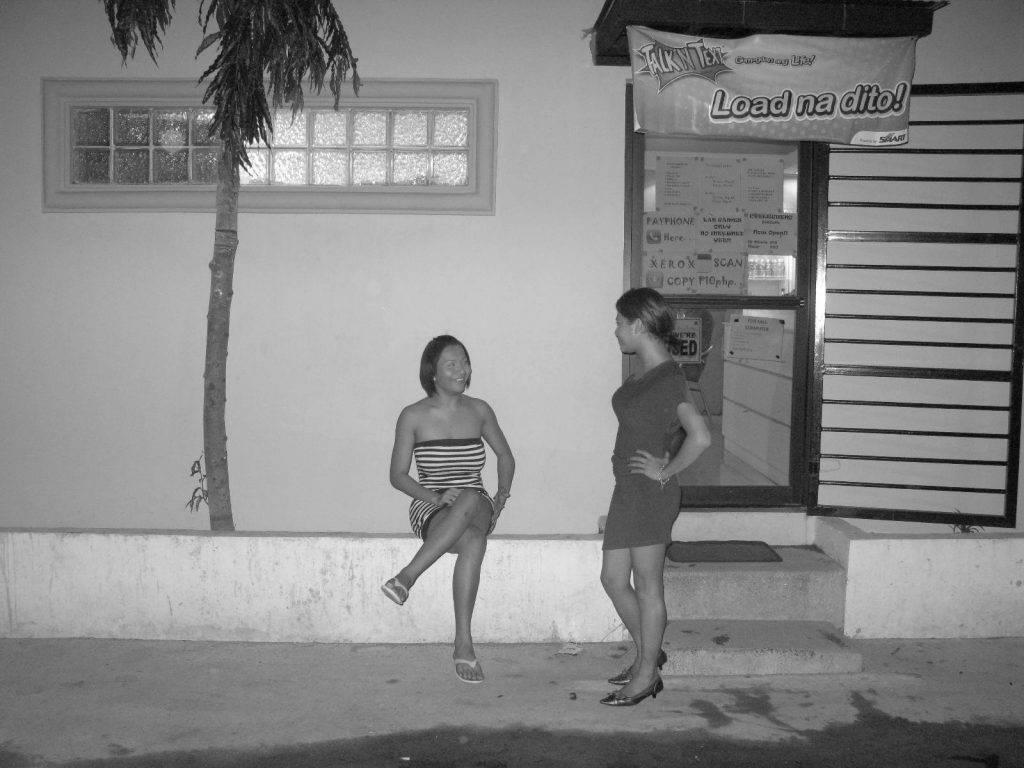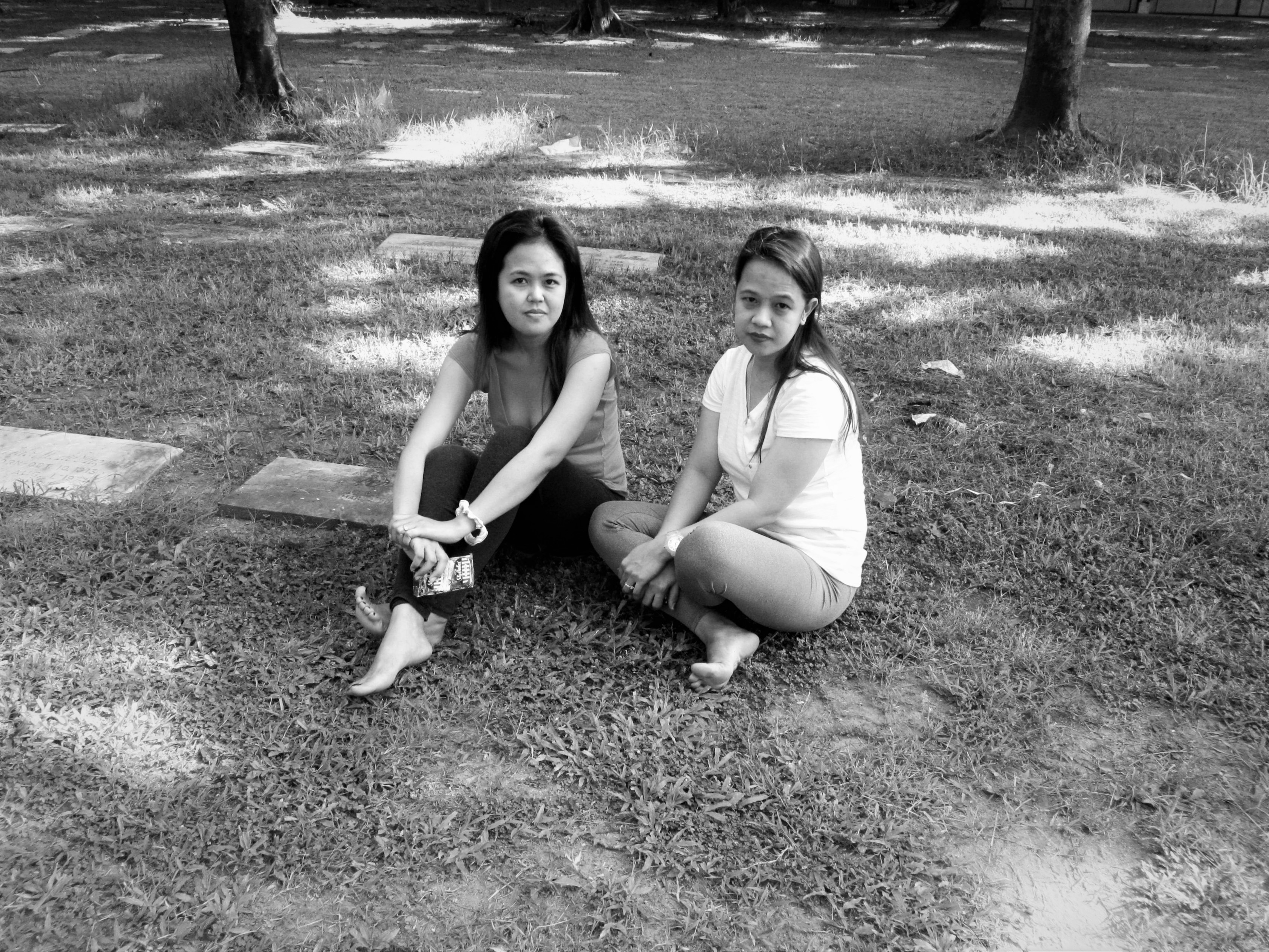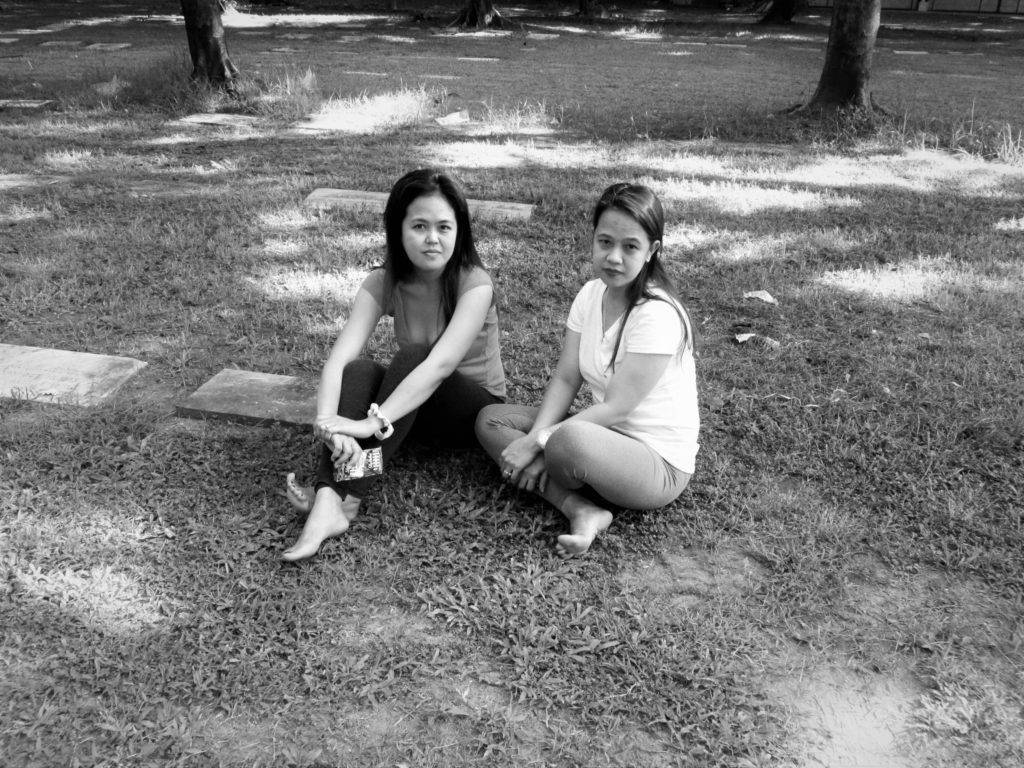Growing up in the USA in the in the 1970s, 80s, and early 90s, drugs were a staple in popular culture. As a child, Larry “Snortin” Norton was a popular local DJ on the airwaves whose nickname was in reference to the intra-nasal method of using cocaine, an expensive habit easily afforded by and exclusive club of rock stars, multi-million-dollar athletes and urban professionals in the high rises of New York and the So-Cal beach-front properties. The acentric behavior of television personalities was attributed to daily concoctions of uppers, downers, washed down with glasses of bourbon.
During my childhood and adolescents, drugs were glorified. As a teen, I remember looking at the cover of a hardcover book published in the 1970s. At first glimpse, the photo appeared to be of items laid out on a kitchen table for a morning meal. Initially, I thought the liquid-filled glass was apple juice, the white granules of powder were sugar or flour, but the green and white capsules pictured between them gave it away: the liquid in the glass – whiskey, the ant-hill-sized heap of powder – cocaine, and the capsules – barbiturates. “The breakfast of champions,” I said smirking to a peer beside me of the cover.
In my twenties, I was on the fence about drugs and alcohol. Occasionally, I would go out with my friends for nights on the town, visiting bars, being treated – and treating others – to overpriced drinks. Celebrating a close friend’s belated birthday, I partook in quantities of alcohol which caused me urinate once every hour. I wasn’t drinking for the taste, nor to quench a thirst. After the first drink, the flavor became slightly intolerable and, indicated by the fullness of my bladder, I was hardly thirsty. I was drinking to be “social” – I was drinking to be intoxicated. Fortunately, the night ended better than the first-ever night of intoxication which ended sleeping beside a pool of vomit and a pigeon dropping on my shoulder from a bird flying overhead the following afternoon.
Years later, I became less tolerant of drugs – prescription or nonprescription – and alcohol. Though occasionally, I would have glass of wine with a fine meal or for religious purposes, drinking socially or excessively to cause a rupture in my bladder seemed pointless. Taking drugs, from the most illicit to over-the-counter, seemed like a ball and chain of dependency that would, with every use, become heavier and more constricting. I wasn’t a rock star, I didn’t have a penthouse on Park Avenue, nor did I have a beach-front property in Malibu.
Rock legend Gene Simmons once commented of the “sex-drugs-and-rock-and-roll” lifestyle he disassociates from, claiming to be drug-and-alcohol free, that some people get the sex, most get the drugs, but what most will never have is the foundational element that holds it all together: the rock and roll – the stardom of being a rock musician. Of the three elements, in everyday life, the people I encounter get plenty of the drugs, little of the sex, and can only manage to get the rock and roll vicariously through digital recordings, singing along, led by the guitar riffs and melody of a Kiss song.
Two years ago, Philippine president Rodrigo Duterte came out publicly on his lifestyle during his presidential campaign on live television. In a nationally-televised broadcast Vice Ganda, a prominent figure in the Filipino gay community asked of the now-president’s love life. Duterte then shared with the audience he was at the time involved with not one, but three women at the same time, but insisted he was not using government money to support his alternative lifestyle.
In the US, a country where politicians would most likely admit to illicit drug use than disclose details of their sexual orientation or love life, Duterte’s admission would have been political suicide. Gauging from Duterte’s rhetoric on sexual issues, the Philippine president seemingly practices what he preaches through his lifestyle and his ardent support of GLBTQ issues, but his stance on drugs differs greatly and has caused major concern over alleged drug-related extrajudicial killings Duterte has encouraged through speeches. Duterte’s hardline rhetoric and frequent reports of vigilante killings of suspected pushers and users have prompted the UN to send officials to investigate and monitor Duterte’s anti-narcotics campaign for human rights abuses.
In this Reuters report posted June 8, 2019, Duterte and other government officials see current UN intervention as an intrusion and a threat to the nation’s sovereignty, however, some human rights organizations and UN officials insist intervention is necessary.
After years of occupation by Spain, the US, and Japan, the country has grown suspicious of foreign intervention. Presidential spokesman Salvador Panelo described the officials as “foreign propagandists masquerading as human rights protectors,” the report continues.


